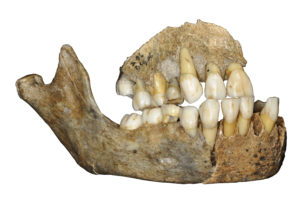
Science Advances—After managing to obtain DNA from two 120,000-year-old European Neanderthals, researchers report that these specimens are more genetically similar to Neanderthals that lived in Europe 80,000 year later than they are to a Neanderthal of similar age found in Siberia. The findings, which reveal a stable, 80,000-year ancestry for European Neanderthals, also suggest that this group may have migrated east and replaced some Siberian Neanderthal populations. The work begins to unravel the early history of Neanderthals, which has otherwise been inaccessible since DNA predating 100,000 years ago was lacking. Bone samples and genetic evidence indicate that Neanderthals lived in Europe and Central Asia until about 40,000 years ago. Recent studies have shown that those last Neanderthals all belonged to a single group, descended from a common ancestor who lived 97,000 years ago. However, a Neanderthal dated to 90,000 years ago found in Denisova Cave in modern day Siberia appears to be more closely related to those late Neanderthals than to the so-called Altai Neanderthal found in the same cave, but dated to 120,000 years ago. This suggests that there had been an early Neanderthal migration into Siberia, followed by a later migration from Europe that replaced the earlier population. To clarify how this happened, Stéphane Peyrégne and colleagues obtained nuclear DNA samples from Western European Neanderthals who lived about 120,000 years ago — one from Scladina Cave in Belgium (called Scladina), and the other from Hohlenstein-Stadel Cave in Germany (HST). Using advanced techniques to account for microbial and present-day human DNA contamination, the study authors found that Scladina and HST were members of a population in Western Europe that gave rise to all currently identified Neanderthals except the Altai Neanderthal. This suggests that the population to which the Scladina and HST belonged lived in Western Europe contemporaneously with the Altai population in Siberia and later migrated east to replace them. Surprisingly, the researchers also found highly divergent mitochondrial DNA in HST, indicating an even more complex history that warrants further investigation.
__________________________

The Scladina Juvenile Neanderthal, mandible and fragmentary maxilla. J. Eloy, AWEM, © Archéologie andennaise
__________________________
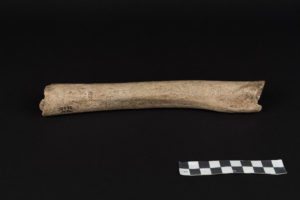
Femur of the Hohlenstein-Stadel Neanderthal. O. Kuchar © Museum Ulm
__________________________
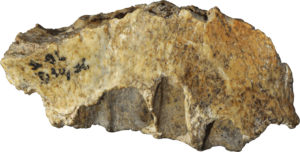
Fragmentary right maxilla of the Scladina juvenile. J. Eloy, AWEM, © Archéologie andennaise
__________________________
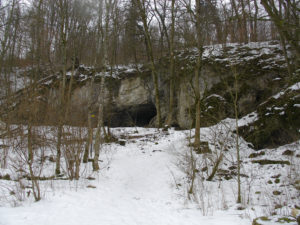
Hohlenstein-Stadel Cave. K. Wehrberger © Museum Ulm
__________________________
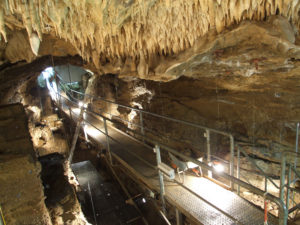
Scladina Cave. D. Bonjean, © Archéologie andennaise
__________________________
Article Source: A Science Advances news release. Science Advances is published by AAAS, the nonprofit science society.
__________________________
See, first-hand, the original fossils. See original artifacts. See the actual sites. Talk with the famous scientists. Join us on this unique specialized study tour.
__________________________





